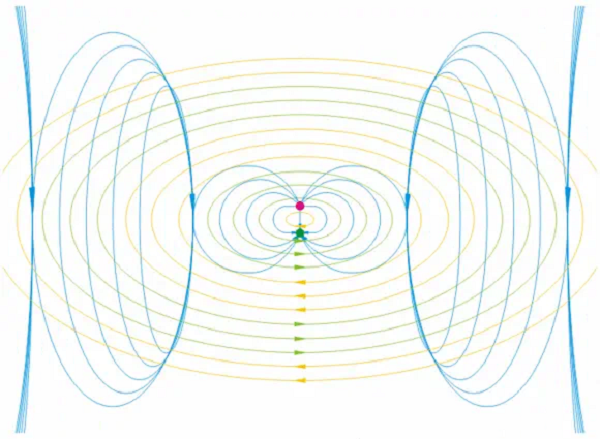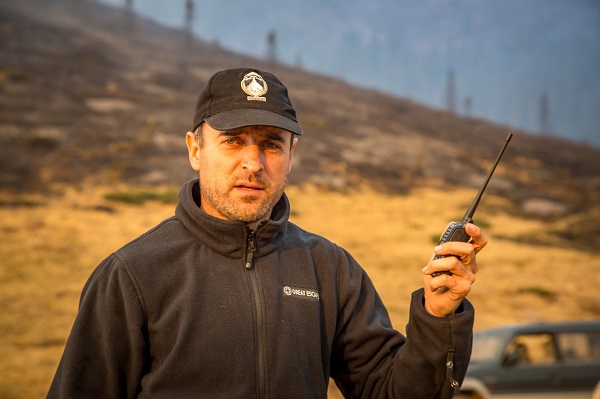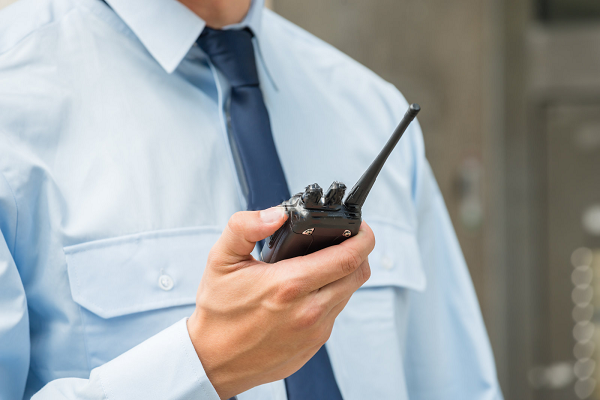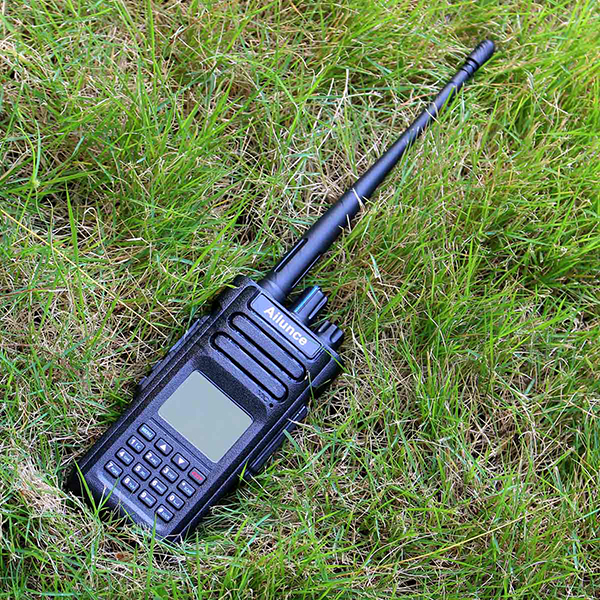+86 15093323284 hams@ailunce.com
How to Use the Radio SQL Function?

The background noise is a big difference between the walkie-talkie and the mobile phone. Under normal circumstances, the mobile phone basically has no background noise (regardless of the communication distance), but in the wireless communication of the walkie-talkie, the background noise is inevitable. The background noise strength of walkie-talkie has to do with the received signal, the distance of the communication, and the quality of the walkie-talkie.

When the walkie-talkie is in standby mode,there is no signal input, the internal noise can generate a large noise at the audio output, and the speaker will emit a large “shasha” sound. Which is mainly because the receiving part of the walkie-talkie has high sensitivity and high gain. The noise is boring, and causing interference and auditory fatigue to the user.
When there is signal input, the signal has obvious suppression effect on noise. The noise level is reduced, which does not affect the communication effect. Therefore, the walkie-talkie is equipped with a squelch circuit. The function of squelch circuit is to automatically lock the low-frequency amplifier of the receiver, and make the background noise won’t output from the speaker or headphones, during standby mode or communication off period.
When there is a signal input, the lock state can be automatically and quickly released, and the signal is output through the low frequency amplifier. Therefore, the receiving part of the walkie-talkie enters the working state of no-noise interference, which overcomes the annoying "shasha" noise, and significantly reduces the power consumption of the walkie-talkie, and can prolong the effective use time of the walkie-talkie battery.

We have this experience when using the walkie-talkie. When the received signal is strong, the noise is small or even no noise. When the signal is weak, the noise is loud. When using the same walkie-talkie to receive the other party's signal, the closer the call distance is, the stronger the received signal is, the smaller the noise is. On the contrary, the farther the call distance is, the weaker the received signal is, the louder the noise is, and the even the other party cannot be heard. This requires us to properly adjust and use the squelch function according to different situations to solve the relationship between useful signal and squelch.

The squelch is a specially designed function to solve the contradiction between the quality of the communication and the background noise of the walkie-talkie. Before the mid-1990s, the squelch was designed on the control panel. It is an adjustable squelch control button (SQL) that changes the size of the variable resistor to achieve squelch,from the maximum noise to the minimum noise . Since the mid-1990s, the maximum noise and the minimum noise have been divided into several levels in the design of the walkie-talkie. Each level is represented by a number, called a squelch level. The squelch level (horizontal) of each model is not the same.

The larger the number, the higher the level, indicating that the stronger the squelch suppression ability, the less the interference from noise or other extraneous signals, the smaller the noise, but it is also less likely to receive useful weak signals that need to be received. Conversely, the smaller the number, the lower the level, the weaker the suppression of squelch, the greater the interference from noise and other unwanted signals, and the easier it is to receive weak useful signals. The “0” level indicates that there is no squelch suppression function, which is the lowest level.











